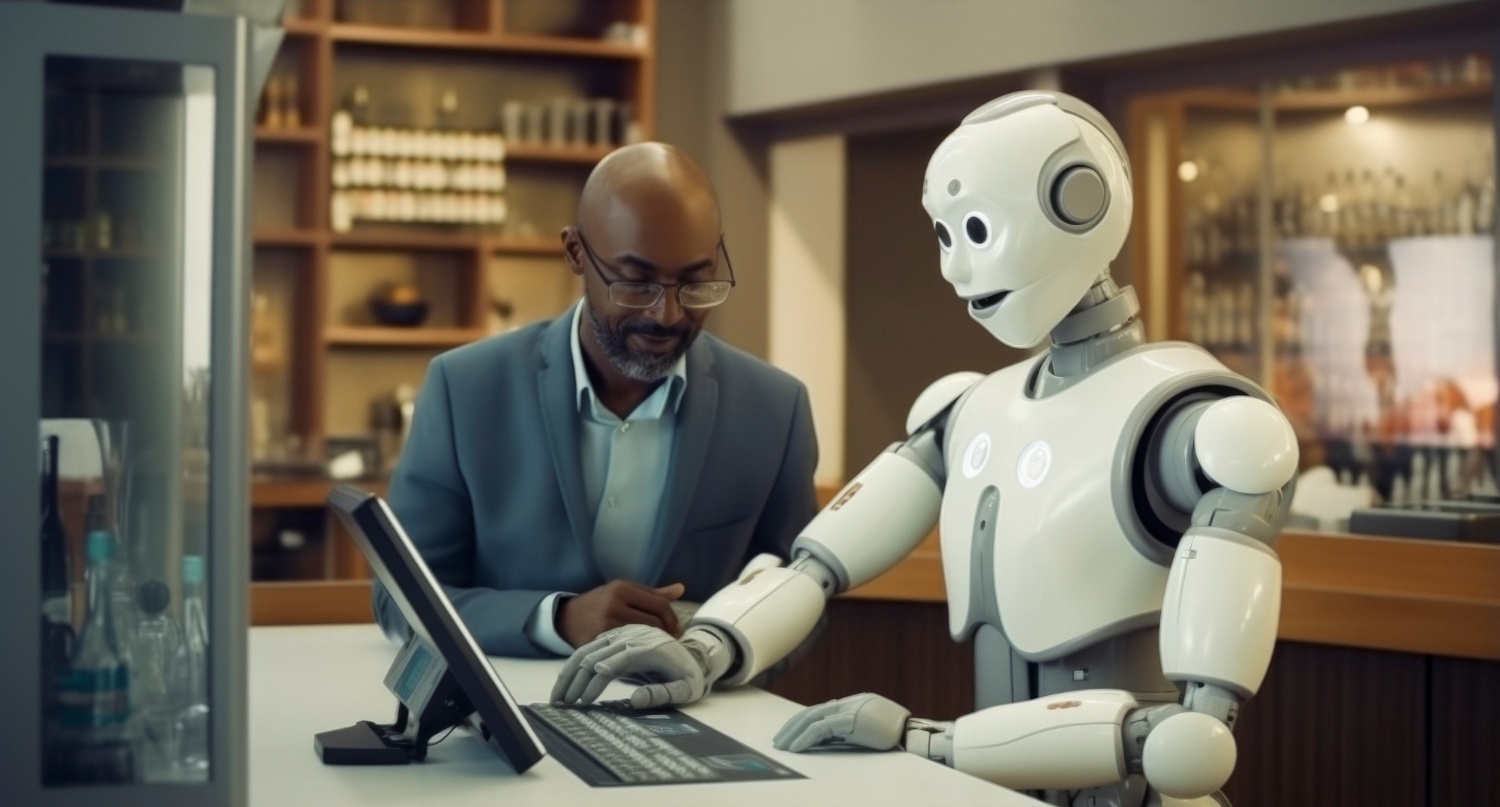info@sadi.co.ke
+254727368241
Introduction:
The advent of AI has blurred the lines between humans and machines. As AI technologies continue to advance, we find ourselves in a world where machines possess the ability to understand, learn, and adapt to human behaviors and tasks. This synergy has given rise to a phenomenon known as "Human-AI Interaction" or "Collaboration."
Understanding Human-AI Interaction:
What Is Human-AI Interaction?: Human-AI Interaction is the field of study that focuses on how humans and AI systems communicate, work together, and learn from one another. It encompasses a wide range of applications, from virtual assistants to autonomous vehicles.
Enhancing Human Abilities: AI is increasingly being used to augment human abilities. In healthcare, for instance, AI assists medical professionals in diagnosing diseases with greater accuracy. In the workplace, AI tools help employees make data-driven decisions.
AI in Our Daily Lives:
Virtual Assistants: Siri, Alexa, and Google Assistant are now household names, showing how AI has become an integral part of our daily lives. These virtual assistants understand voice commands and perform tasks, from answering questions to controlling smart devices.
Autonomous Vehicles: AI is revolutionizing transportation with self-driving cars. These vehicles use sensors and algorithms to navigate safely, reducing accidents and traffic congestion.
AI in the Workplace:
Automation and Efficiency: Businesses are automating routine tasks using AI, increasing efficiency and reducing errors. Chatbots handle customer service inquiries, and machine learning algorithms optimize supply chains.
Data Analysis: AI helps organizations make sense of large datasets, providing insights that were once unattainable. This data-driven decision-making improves productivity and competitiveness.
Challenges and Ethical Considerations:
Privacy Concerns: With AI systems collecting vast amounts of data, concerns about privacy and data security have become more significant. Balancing innovation with individual privacy is a complex challenge.
Bias and Fairness: AI systems can perpetuate societal biases if not carefully designed. Ensuring fairness and accountability in AI systems is crucial.
The Future of Human-AI Interaction:
Increased Integration: We can expect to see even more integration of AI into our daily lives. Smart cities, healthcare advancements, and personalized learning platforms are just the beginning.
Education and Skills: As AI becomes more pervasive, there will be a growing need for people to learn new skills and adapt to a changing job landscape. Preparing the workforce for AI integration is paramount.
Conclusion:
Human-AI interaction is reshaping industries, improving our daily lives, and challenging our preconceptions about what is possible. The collaboration between humans and machines is not just a technological trend but a transformational shift that promises both opportunities and challenges. As we move forward in the age of AI, understanding, managing, and harnessing the power of Human-AI Interaction will be essential for success in various domains.
 October 24, 2023 - BY Admin
October 24, 2023 - BY Admin